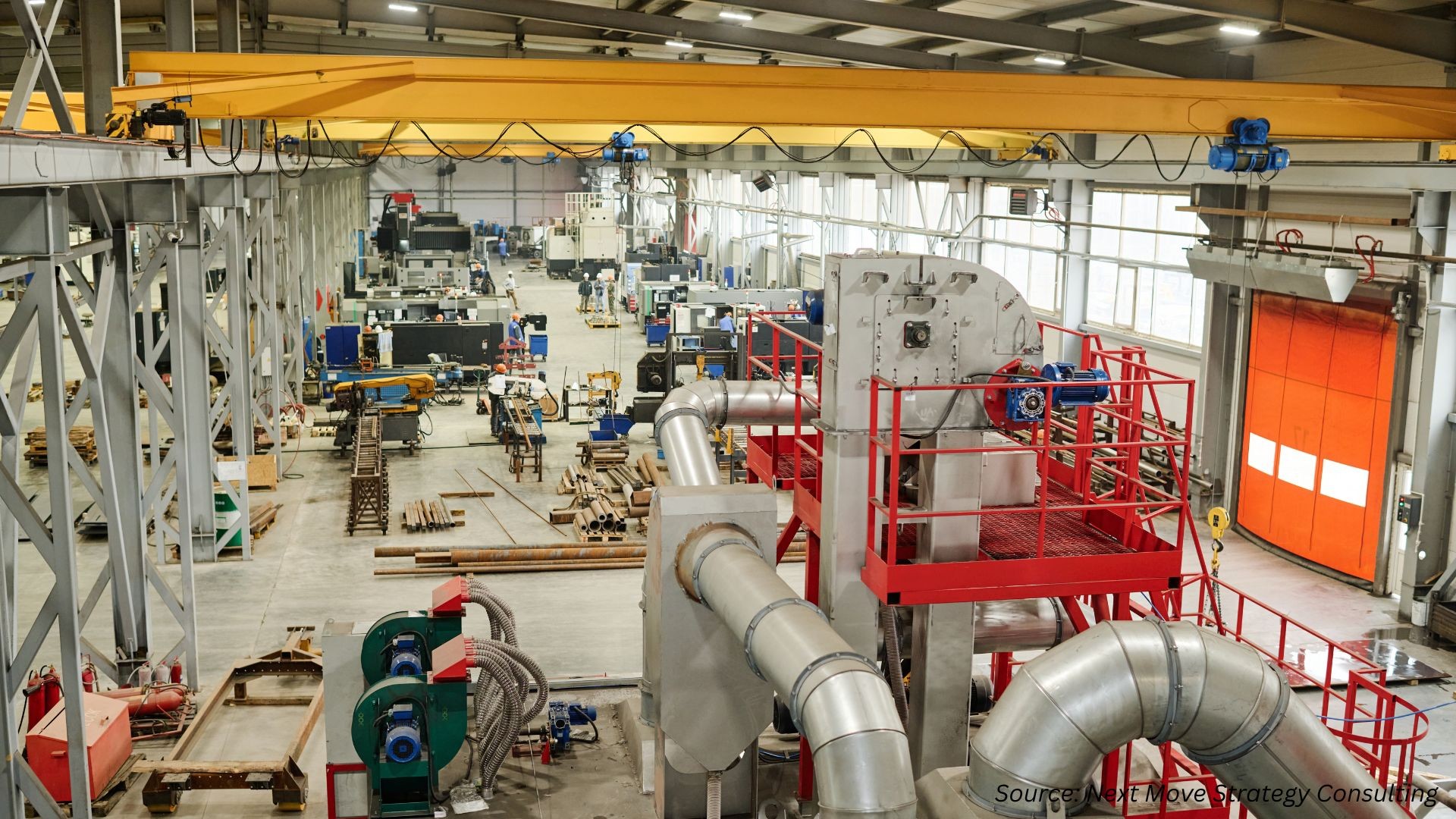Europe elevator market is expected to reach USD 35.81 billion by 2030
Published: 2025-08-08
The increase in construction sector within the region is driving the demand for the Europe elevator market during the forecast period.
According to NMSC, the Europe Elevator Market size in 2024 was USD 25.81 billion, and is estimated to reach USD 28.21 billion in 2025 and is projected to reach USD 35.81 billion by 2030 with a CAGR of 4.89%. According to NMSC, in term of volume the market size was 95 thousand units in 2024, and is estimated to reach 110 thousand units in 2025 and is projected to reach 157 thousand units by 2030 with a CAGR of 7.23%. The elevator market is propelled driven by the surge in building and construction activities. Throughout Europe, urbanization continues to reshape landscapes, leading to a growing demand for vertical infrastructure such as high-rise buildings, skyscrapers, and mixed-use developments.
This trend is particularly pronounced in developing economies, where rapid urbanization and population growth necessitate innovative solutions to accommodate dense urban populations. As a result, the construction industry is experiencing a rise in ambitious architectural projects that redefine city skylines and urban environments. With construction activity intensifying to meet the demands of urbanization, elevators are becoming pivotal components of modern infrastructure, further driving the growth trajectory of the elevator market.
Additionally, the elevator market is expanding as a result of significant urbanization trends evident in the area. This demographic shift underscores a growing need for vertical transportation solutions, particularly elevators. With urbanization transforming the landscape of the region, there's a heightened demand for efficient mobility within tall structures such as high-rise buildings, commercial complexes, and residential towers.
As cities evolve and grow, the integration of advanced elevator systems becomes crucial to ensure smooth vertical transportation and improve accessibility and convenience for both residents and visitors. Thus, elevators serve a critical role in facilitating the seamless operation of modern urban environments across Europe.
However, the costs linked to the installation, upkeep, and enhancement of elevators pose notable challenges to market expansion. The initial expenditure necessary for installing elevator systems, particularly in structures initially not intended for such infrastructure, can place a substantial financial strain on building owners and developers. Additionally, ongoing expenses associated with maintenance agreements, involving routine inspections and repairs, contribute to the overall ownership outlay.
On the contrary, using AI-powered predictive maintenance in elevators help the industry grow in the future. AI technology analyzes data from elevator sensors to quickly find out when maintenance is needed. This helps reduce the time elevators are out of service and keeps them running smoothly. It also helps prevent unexpected breakdowns, making elevators safer.
AI can also help companies use their resources more efficiently, which saves them money. Well-maintained elevators make people happier because they work reliably. This improves the experience for people using buildings with elevators. By embracing AI-driven maintenance, elevator companies can stay competitive and provide excellent service as the market changes.
Request for a Sample PDF on the Europe Elevator Market
Several market players operating in the Europe elevator market include Canny Elevator Co., Ltd., SJEC Corporation (Suzhou Jiangnan Jiajie Elevator), Shenyang Yuanda Intellectual Industry Group Co., Ltd. (BLT Elevator), General Elevator Co., Ltd., IFE Elevators Co., Ltd., Ningbo Hosting Elevator Co., Ltd., Delfar Elevator Co., Ltd., Dongnan Elevator Co., Ltd., Joylive Elevator Co., Ltd., Suzhou Dazen Electromechanical Technology Co., Ltd., Shanghai Fuji Elevator Co., Ltd., Ningbo Conai Escalator & Elevator Co., Ltd., Yida Express Elevator CO., LTD, Fareo Elevator (Guangdong) Co., Ltd, Kunshan Mini Mustang Tech. Co., Ltd.
Key Insights from the Europe Elevator Market Report:
-
The information related to key drivers, restraints, and opportunities and their impact on the Europe elevator market is provided in the report.
-
The value chain analysis in the market study provides a clear picture of the roles of each stakeholder.
-
The market share of players in the Europe elevator market is provided in the report along with their competitive analysis.
















Add Comment